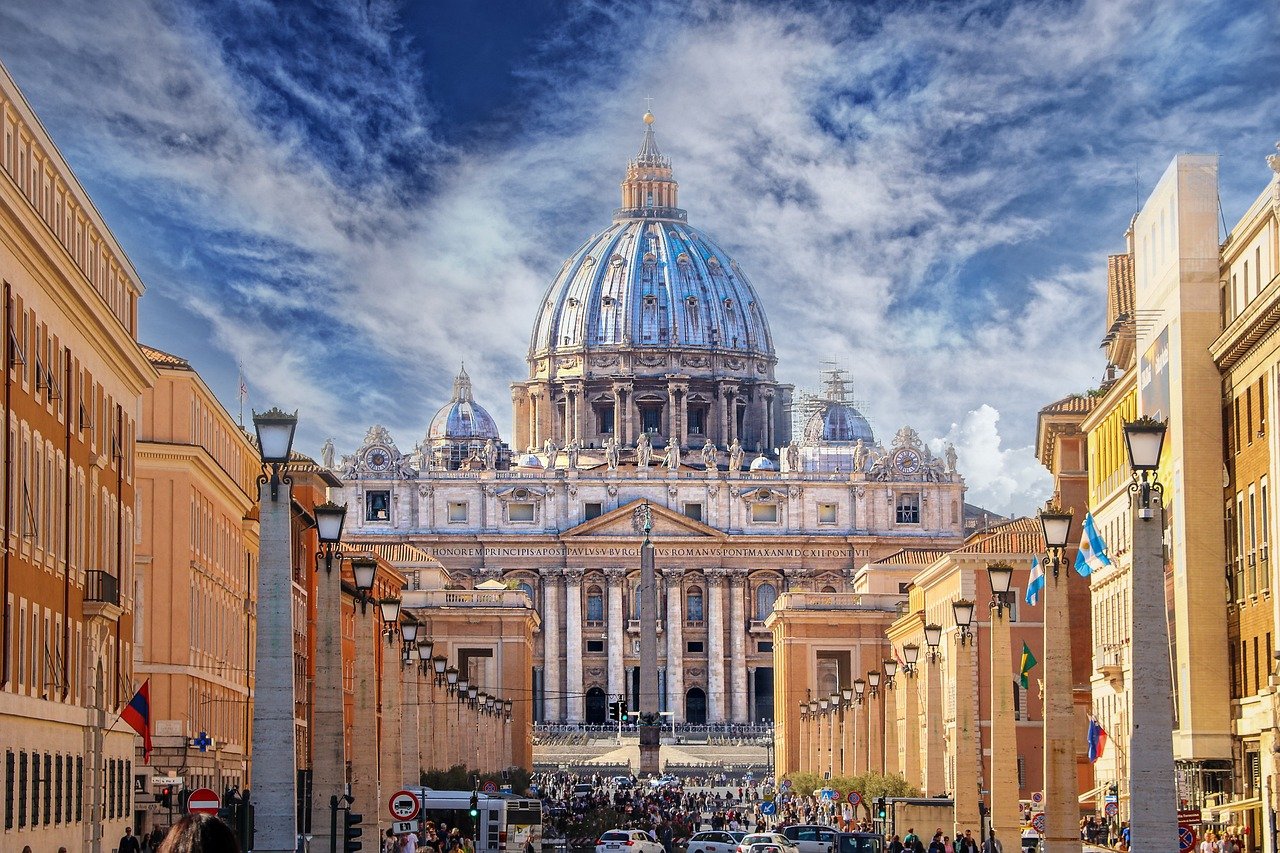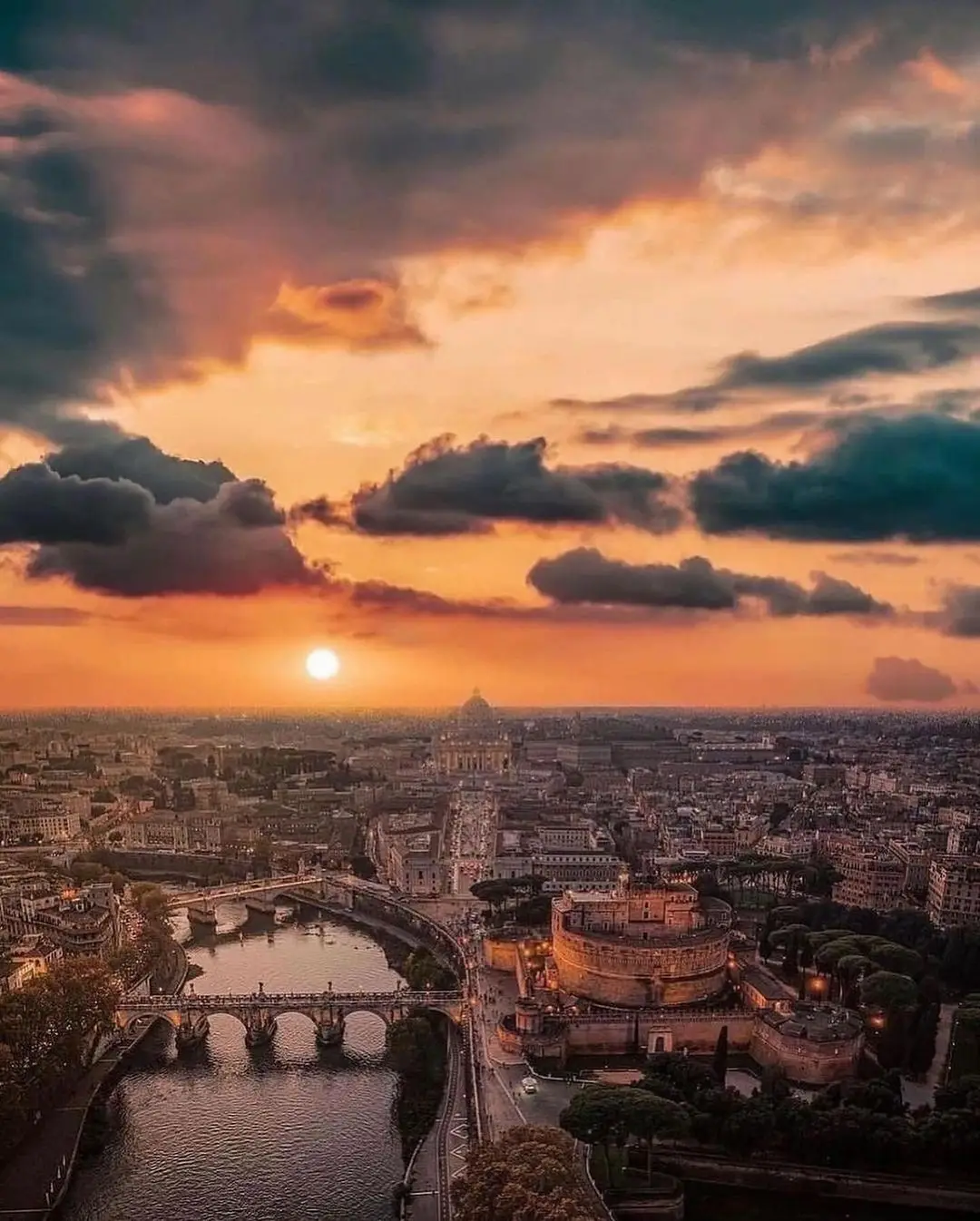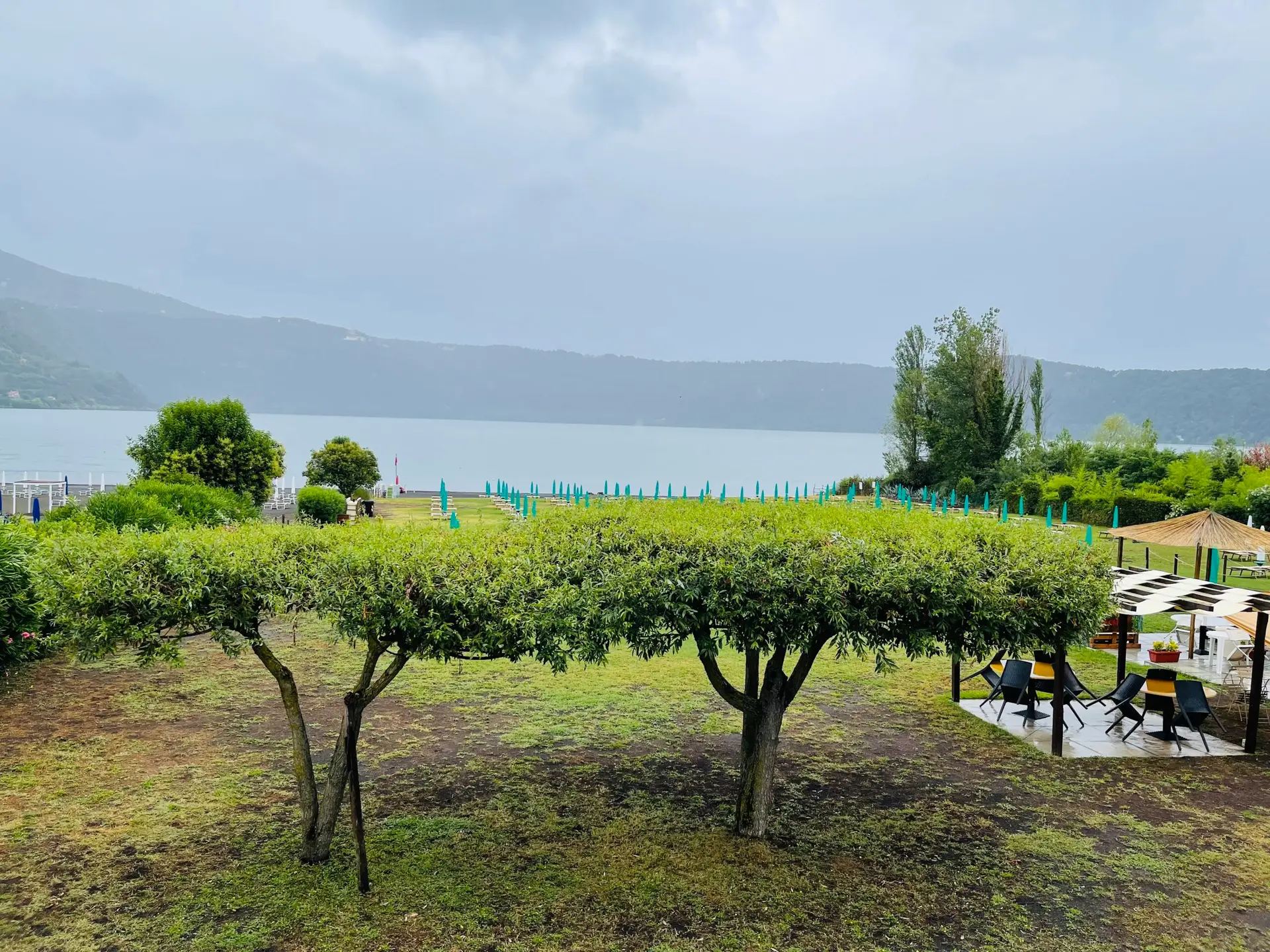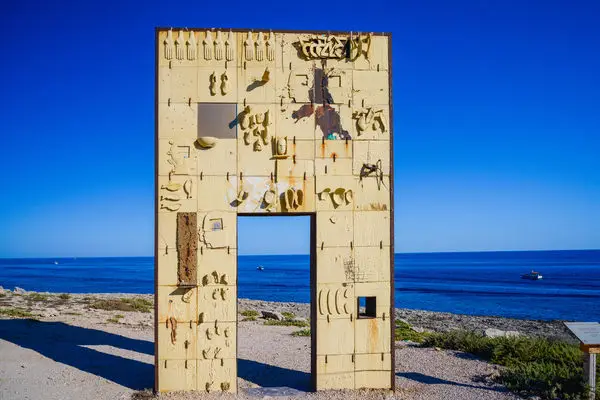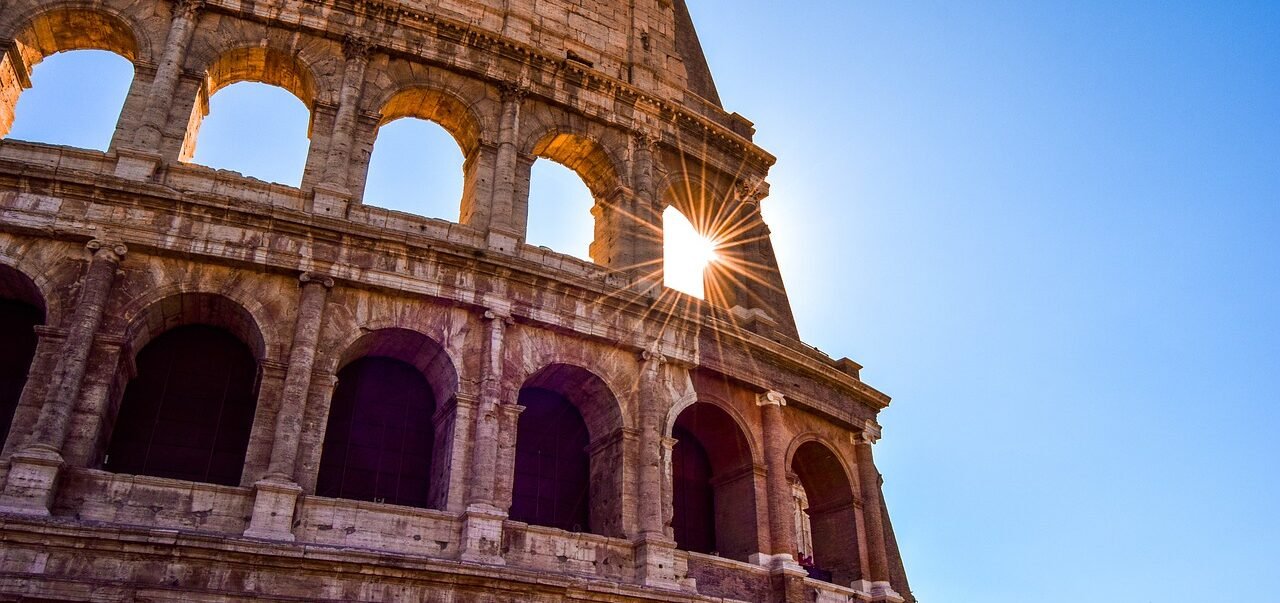
Colosseum: What you want to know
The Colosseum remains the major icon of Rome. This one is a really mighty construction with which you will plunge into the past, in the time almost two thousand years ago. It remains today as not only a symbol of the might, the intellect, and the savagery of the Romans. Today, it is possible to observe that approximately 6 million tourists visit the Colosseum per year.
What is the Colosseum?The
The Colosseum is an amphitheater established in Rome while in Roman Empire era. It is also known as Flavian Amphitheater. For construction the colosseum used stone and concrete and was constructed in the elliptical form. Its interior is 620 feet in length and 513 feet in width.
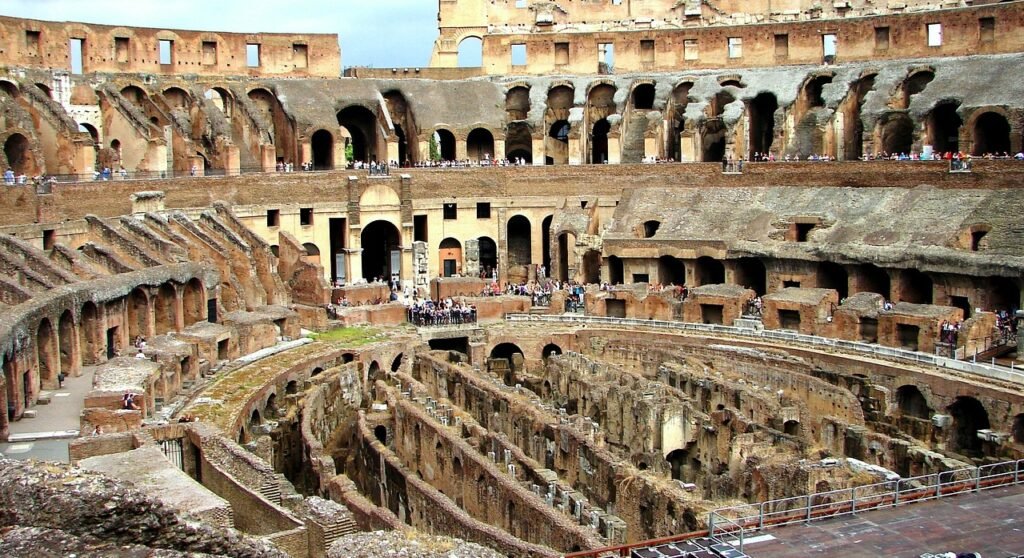
As it was elliptical in shape, the audience could have seen the participants from anywhere. Seating at the colosseum was pre-assigned. To the imperial family was a chair, behind them were the vestal virgins, behind the senate, the members of equestrian classes, the women and slaves who were provided with wooden benches. All in all, the colosseum could accommodate more than 5,000 audiences in an instant.
Who built the Colosseum?
It will be remembered that the colosseum was built between 72 AD and 80 AD with the emperor Vespasian overlooking the initial construction phase before his demise and succeeded by Titus.
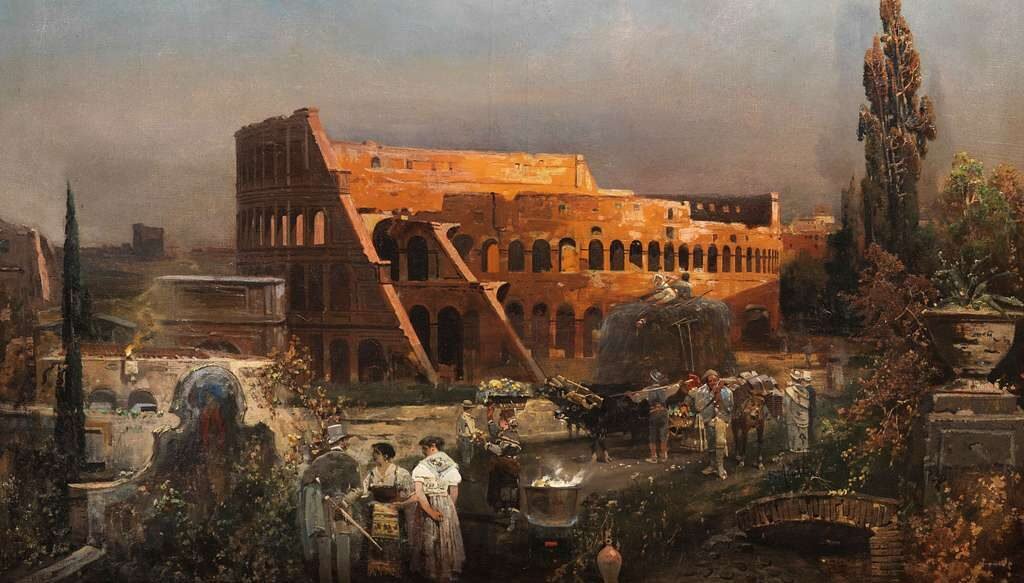
Its construction was part financed from the spoils that were brought back to Rome from the First Jewish-Roman War, and the sacking of Jerusalem, and the destruction of the second temple. Some of the construction materials used in the Colosseum’s construction were cement, marble, wood, and tuff. In the construction, engineers, stonemasons, artisans, sculptors, and many slaves were also involved. The Colosseum is situated a little towards the east of the Palatine Hill.
Why was the Colosseum built?
Specifically, as will be recalled, the earlier mentioned Emperor Vespasian intended the Colosseum as an entertainment venue. Where battles between gladiators took place, wild animal hunts, and even sham ship battles were staged. Animals that were to be used in the Colosseum games were sourced from regions of Africa. Before the Gladiators were let loose in the camps, wild animals like leopards, rhinos, lions, or elephants were let loose.
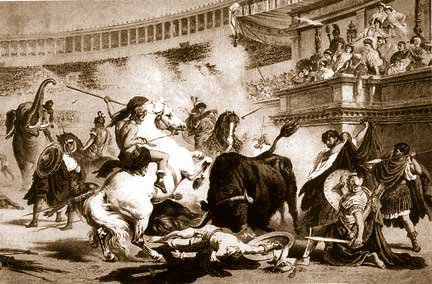
It goes without saying, those who were able to protect themselves from these ferocious animals. They would get the status of heroes in society. In addition to man vs. beast, many times the condemned were executed by leaving them in front of ferocious beasts. The Colosseum is also known to have been used for hunting. It is even said that more than a thousand animals are killed there in a day for entertainment.
What happened to the Colosseum: Why was it shut down?
Over time, in particular after the collapse of the Western Roman Empire, the construction was left to decay. The citizens’ tastes and the times themselves changed; in 404, Honorius declared the Colosseum to be abandoned. However, the Colosseum was still used to carry out executions for the next hundred years. It was destroyed in the earthquake in 422 AD and reconstructed by Theodosius II and Valentinian III.
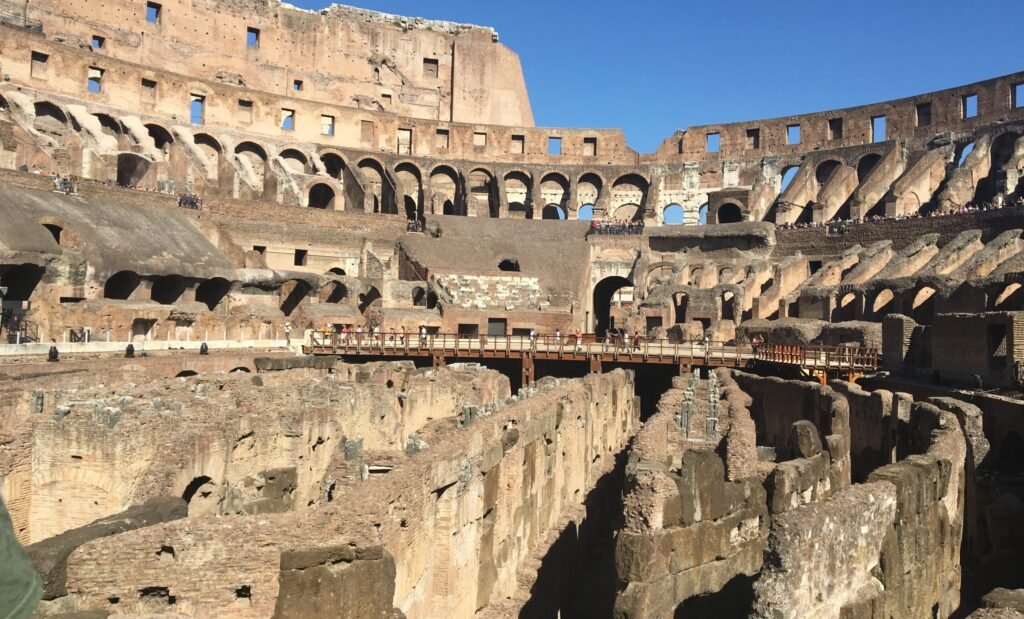
It appears that after a long, continued neglect, it was occupied on the part of the Annibaldi family and the Frangipani family in the twelfth century as a castle. But the latter were damaged by lightning, earthquakes, and more severely by vandalism and pollution. Historically, it is documented that in the 1496–1497 financial year, Pope Alexander VI allowed the Colosseum for a dig. The structure had been in ruins for more than a millennium but by the late 1990s, the government had arranged for money to be spent on restoration.
Positive side of Colosseum
Although it does not have a roof, the Colosseum’s elliptical shape still astonishes people even in the contemporary world. The New 7 Wonders Foundation declared the New 7 Wonders of the World in 2007, for the polls of over one hundred million inhabitants of the world.
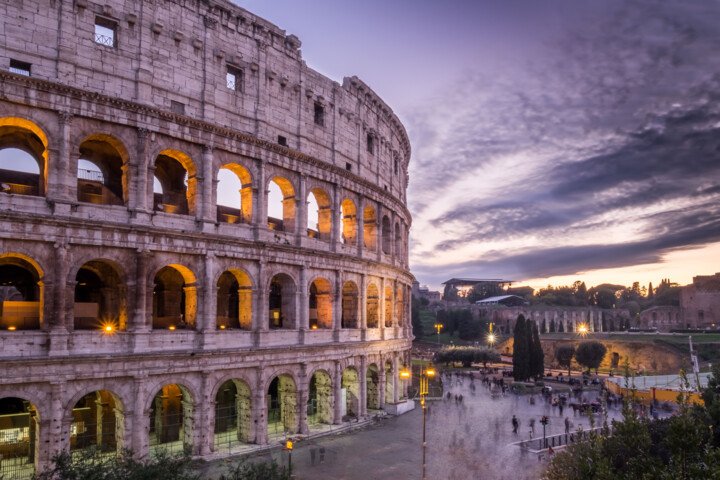
In the capital of Portugal, held on the 7th of July, 2007 the name of the 7 Wonders of the World was revealed. Fortunately, the construct known as the Colosseum is one of the seven wonders. Through architectural style, one can learn about the power and significance of the great empire of Rome and how forceful it was.
The Negative side of Colosseum
Whereas for some it was only an entertaining place, which, for many, was a place of inhumanity. For 400 years of operation, about 400,000 deaths were recorded to have occurred at the Colosseum through public gladiatorial games. This place was used to punish people, and the method applied was among the most savage, thus sending a signal to the rest of the Roman people. Emperor Titus declared it open for use and when the Colosseum inaugurated itself, the gladiatorial contests went on for one hundred days, during which about 9000 animals were slaughtered.

This population of animals that perished in the Colosseum is estimated to be more than a million and they were comprised of rabbits, crocodiles, elephants, leopards, bears, tigers, hippos, wild goats, boars, dogs, lions, and deer. The games at the Colosseum were extremely expensive! Many lives could have been improved if the cost of a million animals had been used in other ways.
Why colosseum is so significant for Rome?
In essence, the Colosseum symbolizes the power, brilliance, and barbarity of the Roman Empire. It remains one of the few radically preserved architectural examples of the Romans. Today, the Colosseum acts as a testimony for architecture and engineering as making its presence known in the Roman Empire. The first and perhaps the most important thing that one gets to appreciate when seeing the Colosseum even today is the size, the design, and the use that went into its construction.
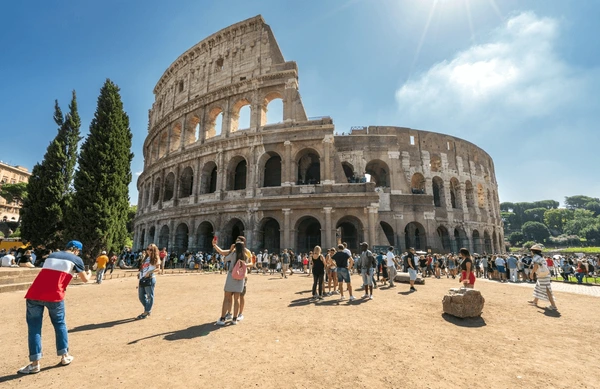
It is a significant income earner in the revenue base of the Italian government through tourism. The government of Italy received revenues of $63. 3 million (€53. 8 million) from the Colosseum, Roman Forum, and Palatine Hill in 2018 which made the highest turnover of any tourist site in Italy.
Modern day stadiums mimic the design and use of the Colosseum. The Colosseum was named after the Flavian emperors who sponsored its construction, just as we today have corporate or business magnates sponsoring the named stadiums. Audiences were segregated by social class, as is still the case today, between different upper- and lower-class people.

Daudul Islam
I arrived in Italy in 2019 on a family visa. I have gained new experiences after coming to Italy. I am a professional pizza maker. I’m a resident of Italy. I can speak Italian well. I have an Italian driver’s license. I have created Diary Italia to make your way easier.
